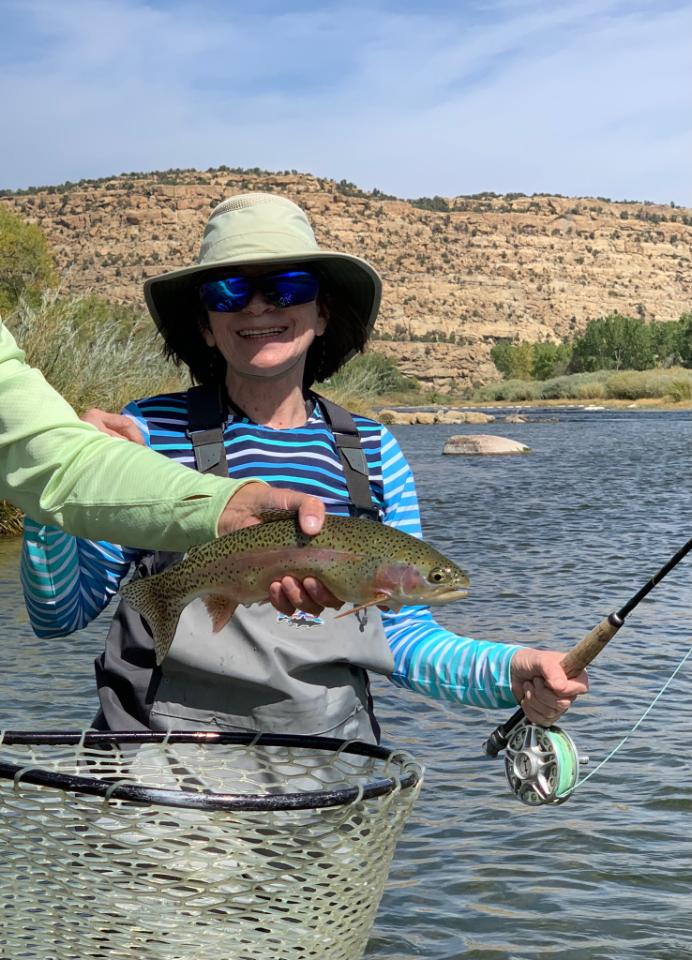
Legislator Spotlight
Senator Mimi Stewart, New Mexico
Senator Mimi Stewart sponsored New Mexico’s SB 228 which authorizes the state Department of Game and Fish and the Department of Transportation to make recommendations to eliminate barriers to wildlife migration in a way that protects animal and human safety through a Wildlife Corridor Action Plan.

Why is habitat connectivity an important issue to you?
Habitat connectivity is how animals and plants are interwoven and work together to sustain life on the planet. Habitat connectivity is everything: it is the ability for all wildlife to flourish, to raise their young, to have enough sustenance, and to evolve into something even more magnificent than what they currently are. Habitat connectivity is the reason why our world is as beautiful as it is. Habitat connectivity is underneath everything. It really is the foundation of everything.
How does connectivity support climate change resilience?
Climate change is causing all species’ internal clocks and internal mechanisms to change. We’re seeing bird migrations change because their normal wintering areas are warming up. Their summer areas are getting too hot. Climate change is disrupting the life cycle of plants. It is disrupting pollen and pollinators. Climate change will impact all of the natural mechanisms that plants and animals need to grow, evolve and stay healthy. Climate change is impacting connectivity in ways we don’t even know or understand. So if we want the world to continue as it is, we have got to tamp down on the heating up of the world and try to protect our flora and fauna through their habitat
connectivity.
What are some the impacts of habitat connectivity beyond those for wildlife?
When I think about habitat connectivity and wildlife I think about people as part of that. Certainly if we can help our plants and wildlife preserve their habitat connectivity in spite of climate change and in spite of human development, then we will be maintaining our incredible diverse world. Really it is people that have disrupted habitat connectivity. We humans have become the problem when you look at the root causes of the changes that our wildlife is having to endure. We’re really the problem and so we are the ones who should fix it. Wildlife corridors, for example: we are certainly seeing loss of life, loss of our vehicles, when we interrupt wildlife corridors, and they then impact our ability to get through those corridors. Unless we look at the world through the lens of wildlife, we are not going to be able to help this world survive.
How did the NCEL network and other state models help you in your process?
I have been attending NCEL events for 25 years. I was at one of the first meetings with Leon Billings. I remember the restaurant, there were around 25 of us. We were from all over the place, we were in the middle of NCSL meetings, we hadn’t even convened NCEL yet. So I really feel like most of my solid environmental work has come about because of my experience in NCEL. It was NCEL where I first learned about wildlife corridors. It’s where I learned about wildlife trafficking. It’s where I learned about the dangers of neonicotinoids. Really NCEL has been the place where I have learned the most about wildlife, conservation, and even energy throughout my entire 26 years in the legislature. Most of my really great ideas have been hatched by talking to NCEL staff, by meeting with other legislators all over the nation, by hearing about some of the great successes and the failures that everyone has had with their work on the environment. NCEL has absolutely been front and center in my legislative life with the successes that I’ve had.